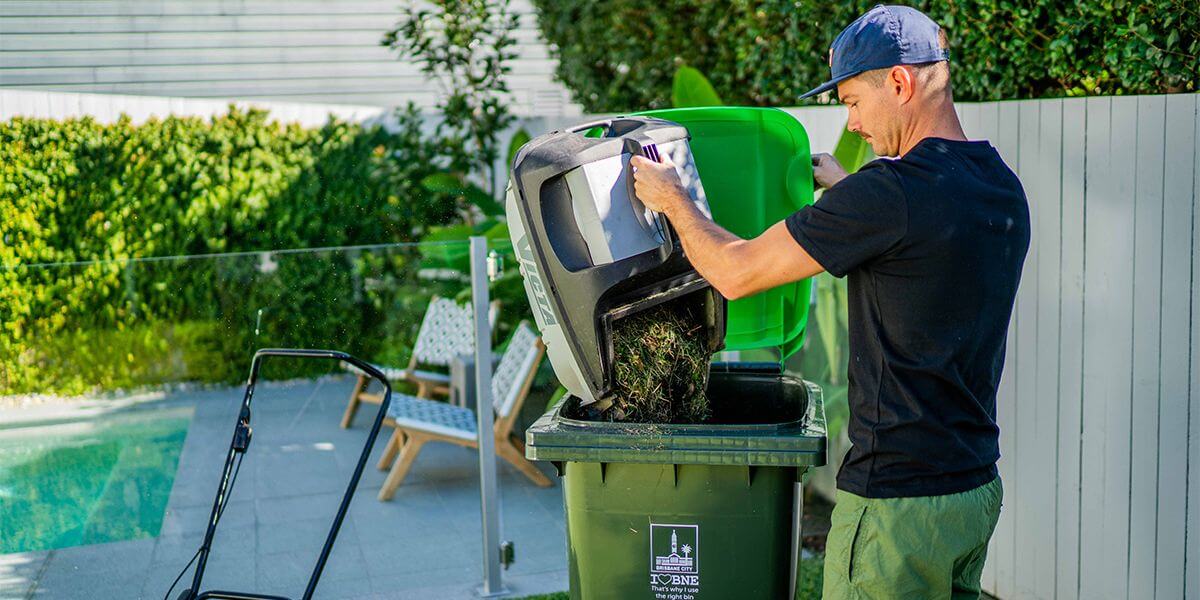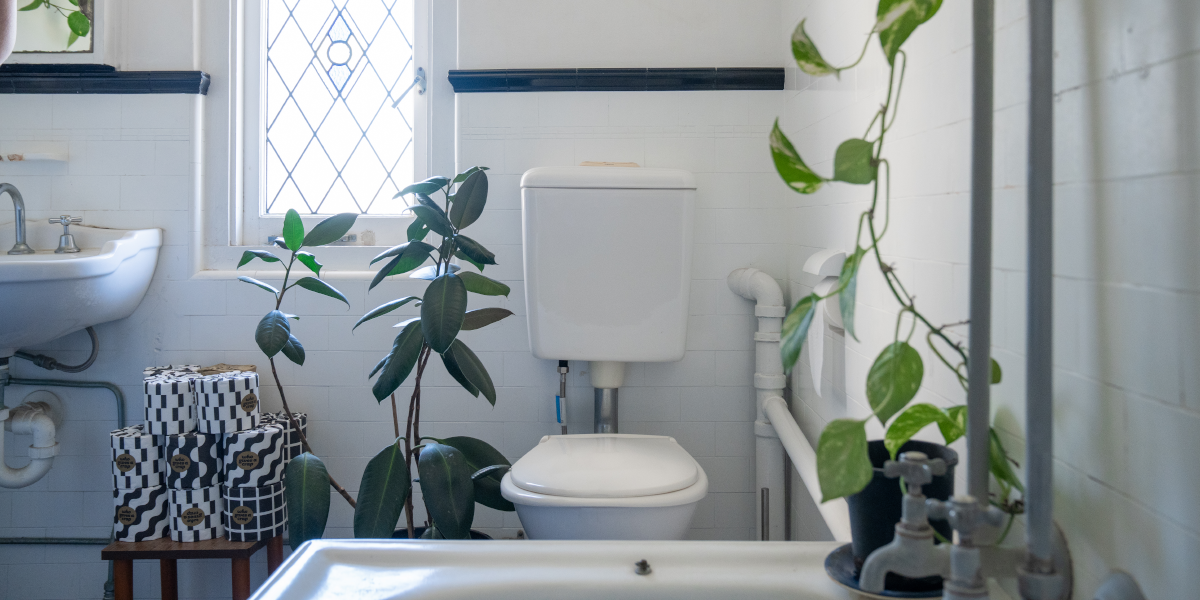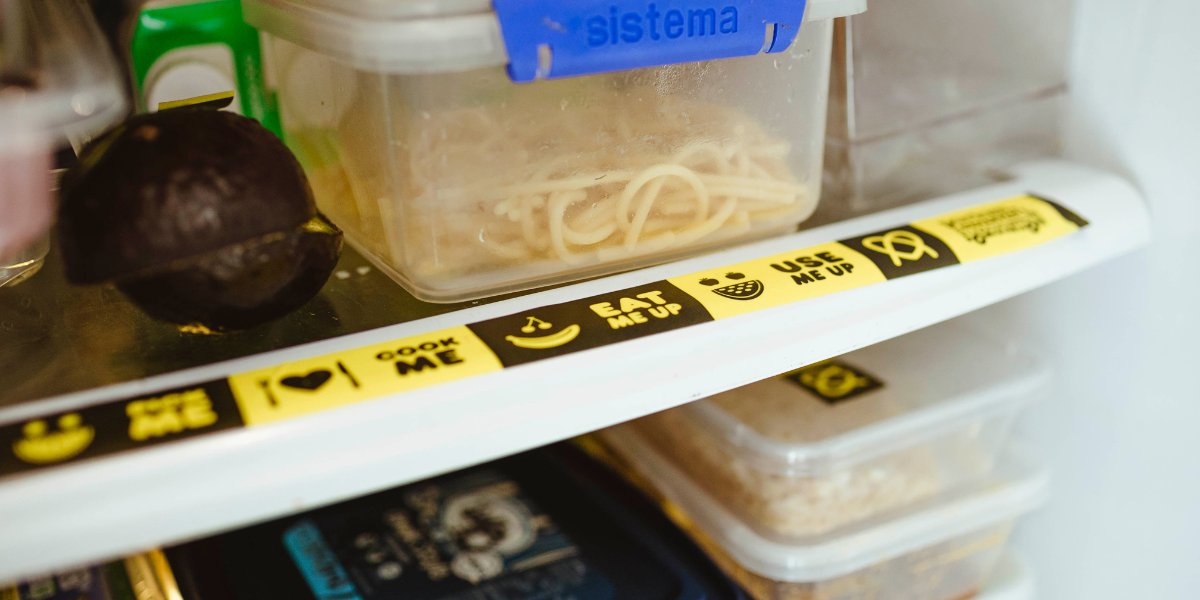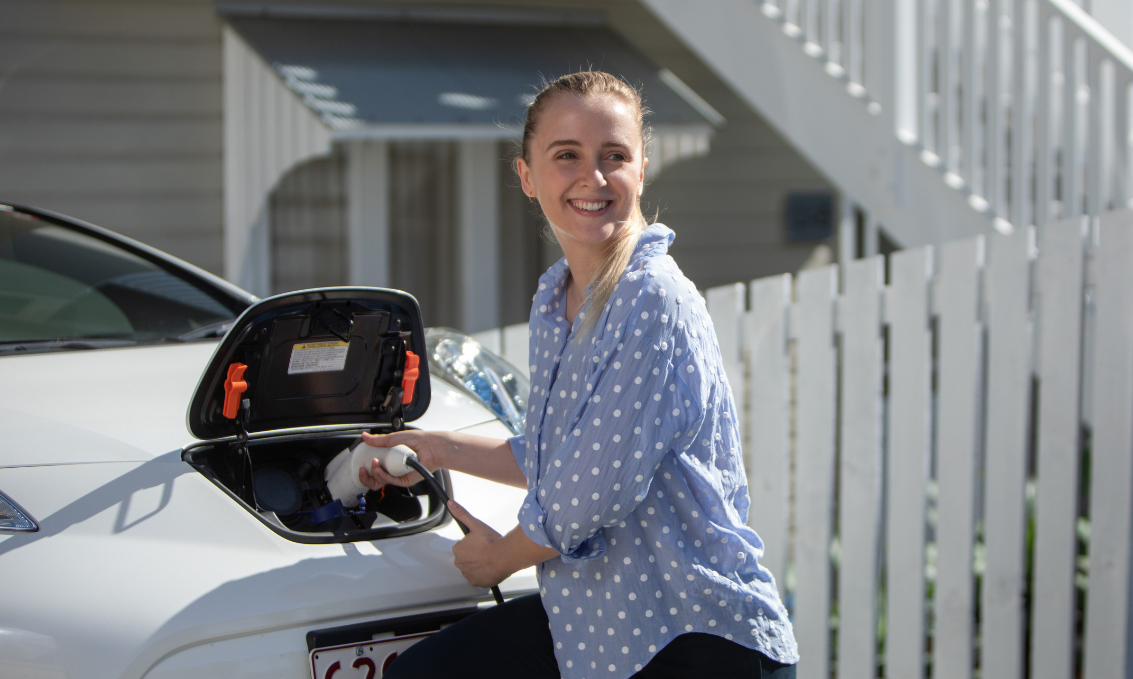REDUCE WASTE
HOW TO MAKE YOUR HOME FLOOD RESILIENT
Brisbane’s location on a floodplain, along with our sub-tropical climate and unique land features, mean residents may experience flooding in their lifetime. Having a flood impact your home can be emotionally and financially draining; however, homeowners can take steps to improve the resilience of their homes, allowing a smoother, faster and less expensive clean-up.
To help Brisbane residents adapt to our changing climate and remain safe during future flood events, Brisbane City Council has developed the Flood Resilient Homes Program in partnership with Brisbane Sustainability Agency.
Researchers, builders, and climate experts involved with the program combined their expertise to identify flood-resilience strategies for Queensland homes. These strategies won’t stop the flooding, but they will ensure impacted households are less affected and spend less time involved in expensive clean-ups.
STEP ONE: WHERE TO BEGIN?
Identify whether your property is at risk and the type of flooding most likely to impact your property. This will help you choose which strategies to implement at home.
To identify your risk, visit Brisbane City Council’s Flood Awareness Map online. This interactive map allows you to search your address and download a FloodWise Property report. Your FloodWise report will identify the type of flooding that may impact your property and what water levels you need to prepare for. A professional surveyor can provide further clarity if a risk is identified by assessing your property and compiling a Property Level Survey. Your Property Level Survey can then be compared to the FloodWise report to understand what parts of your property are likely to be affected by flooding, how often it might occur and how deep that flooding could be.

STEP TWO: SIMPLE STEPS TO BUILD YOUR RESILIENCE
Simple yet highly effective changes can include raising electrical outlets, air conditioners, appliances, and hot water units to be higher than potential floodwater levels. If you’re thinking of renovating, discussing flood-resilience strategies with your builder or architect can be worthwhile.
For multi-storey households, you can also talk to an electrician about setting up separate circuits for the lower and upper floors. By doing this, you can reduce the chance of disruption to your household during flood events.
STEP THREE: ADVANCED STEPS TO CREATE A FLOOD RESILIENT HOME
For homeowners planning renovations, you have a prime opportunity to improve your household flood resilience.
During flood events, the floors, walls and cabinetry are most commonly affected. By using flood resilient materials in these areas, your household recovery will be faster and easier.
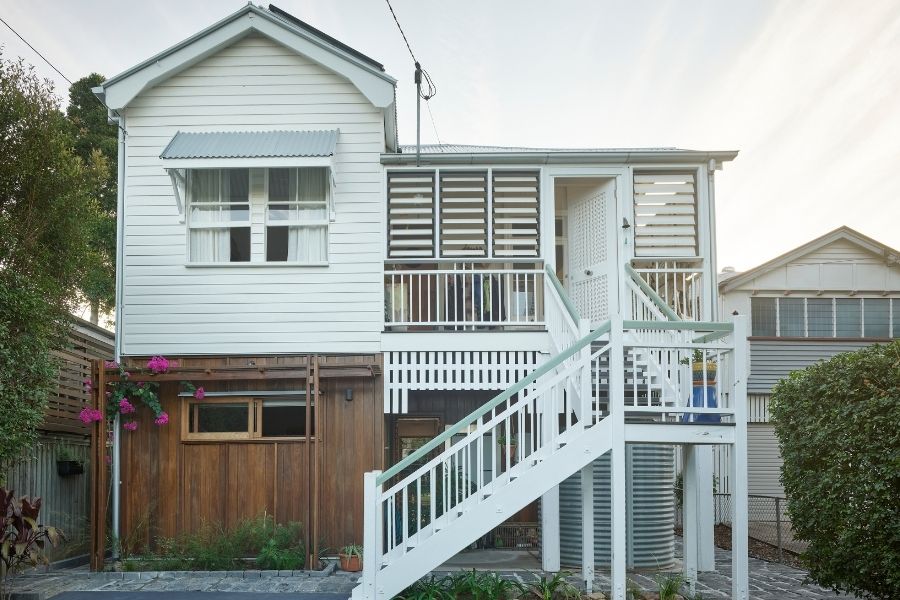
Replace porous flooring or carpet with tiles, hardwood (if applicable), vinyl or polished concrete, and use tiles for skirtings.
If you’re replacing walls, instead of using standard plasterboard wall linings in your home, Fibre Cement (FC) sheets are a flood-resilient option. Typically FC sheets are used only in wet areas of your home; however, for households within flood areas, they can be used to improve your household resilience.
Cabinetry carcasses can be replaced with materials that won’t swell and warp when impacted by floodwaters. Similarly, doors can be replaced with solid timber options that won’t swell.
Stairs can typically trap water during flooding, so replacing closed stairs with open stairs is a simple and effective way to minimise flood damage and allow for easy cleaning and drying out after a flood event. Or, if your stairs are carpeted, simply removing the carpet can allow for improved resilience.
STEP FOUR: MAINTAIN YOUR HOME
Regular maintenance and house inspections can identify cracked roof tiles or broken sealants that may allow water to enter your property. Ensure an annual schedule of maintenance to keep your home safeguarded against future flood events.
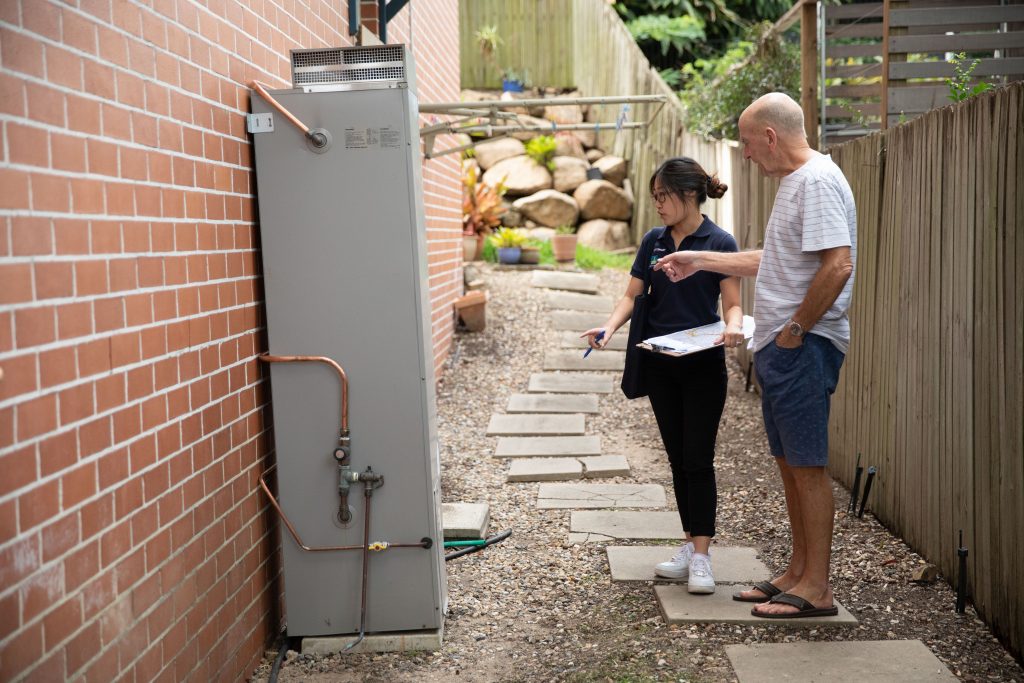
STEP FIVE: TALK TO YOUR INSURER
To avoid nasty surprises, be sure to check your insurance adequately covers your home and possessions. You can also take the opportunity to talk to your insurer about any flood-resilience strategies you are implementing at home and check if they qualify you for a reduced insurance premium.
For video resources and information about the flood resilient strategies, visit Brisbane Sustainability Agency at sustainablebrisbane.com.au/flood-resilience/

The author
This post was written by the BSA Sustainable Living team! We’re here to help you reduce your environmental footprint and lower your cost of living along the way.


